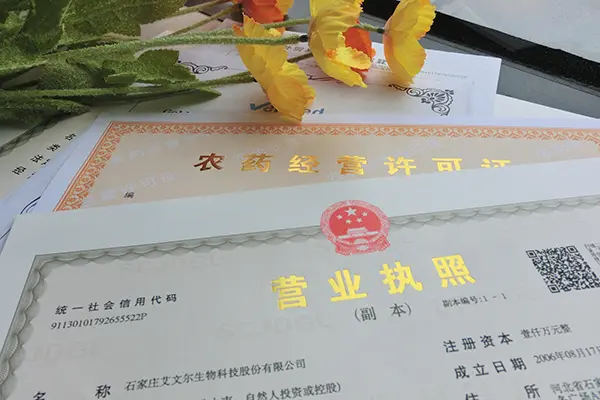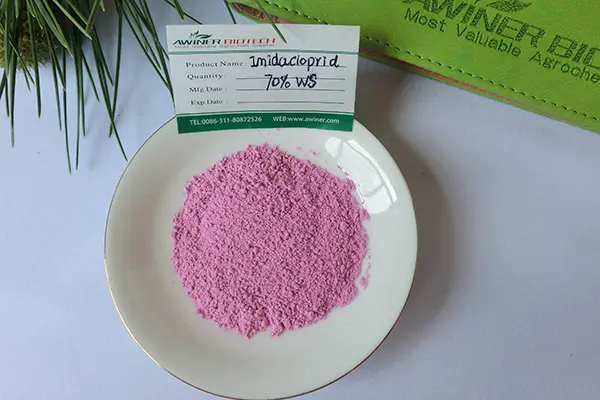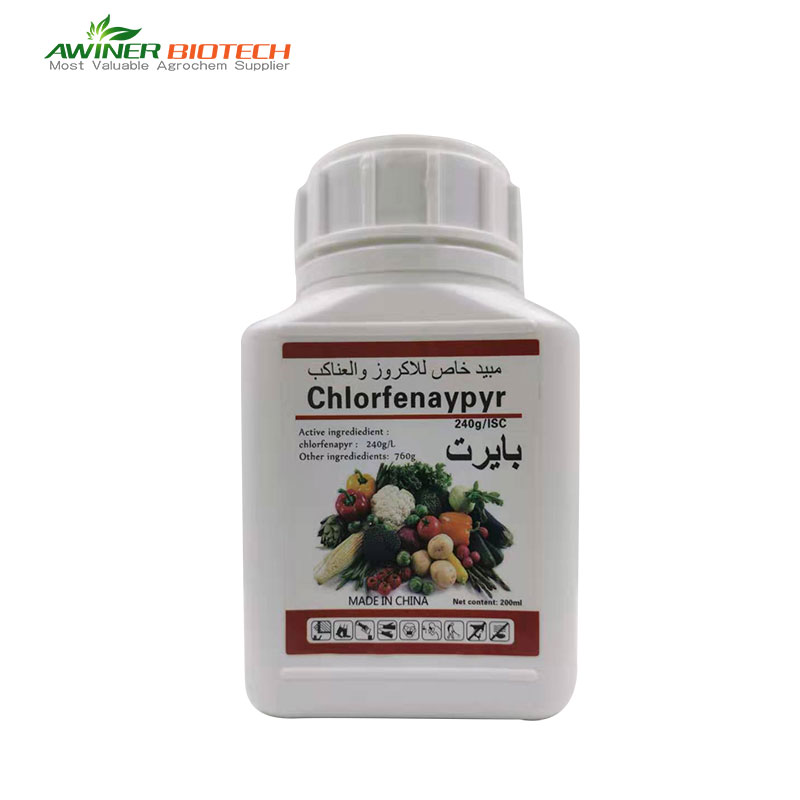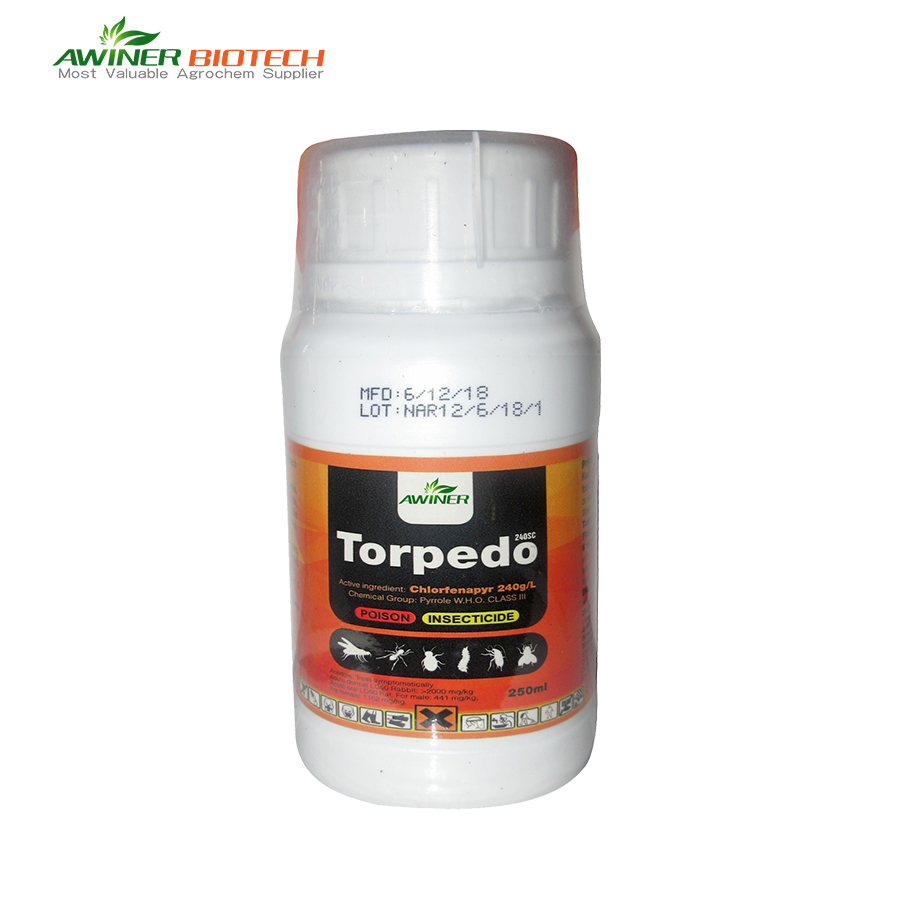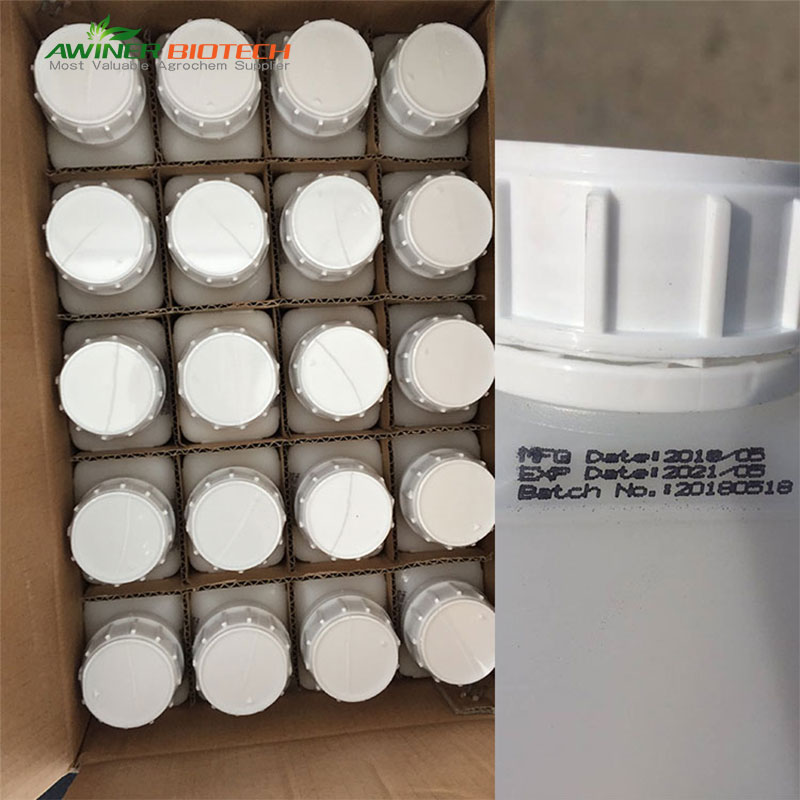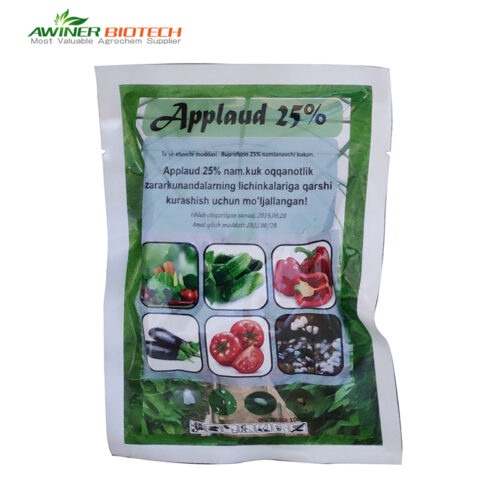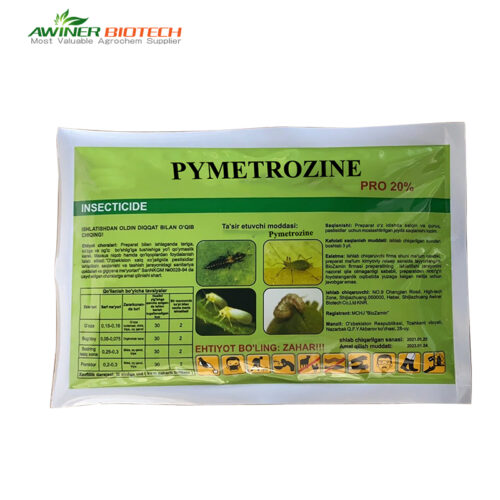Chlorfenapyr |
|
| Dosage form | 240g/L SC,360g/L SC,50%WDG,20%ME |
| Packing | Liquid:50ml、100ml、250ml、500ml、1L、5L、10L、20L Solid:10g、50g、100g、250g、500g、1kg、5kg、10kg、25kg |
| Formulation | Customized |
| Label | Customized |
| Corp and Pest | 1. Chives – Leek Moth 2. Cabbage – Beet Armyworm 3. Eggplant – Thrips |
| Certification | SGS、 ISO 、BV |
| Delivery time | 20-30 days |
| Mixture products | Lufenuron vs chlorfenapyr Abamectin-aminomethyl vs chlorfenapyr Chlorpyrifos vs chlorfenapyr Chlorfenapyr vs fipronil Chlorfenapyr vs pyrethroid |
| Payment terms |  |
Chlorfenapyr is a potent pesticide known for its broad-spectrum efficacy against a wide range of pests. It works by disrupting the energy production in pest cells, leading to their rapid elimination. Chlorfenapyr is effective in both agricultural and urban pest management, offering long-lasting protection for crops and environments.
Three major features of Chlorfenapyr
(1) Highly efficient and broad spectrum:Decarnitrile can control various pests such as cabbage caterpillars, cotton bollworms, leafminers, thrips, and vegetable aphids. It can be used for cruciferous vegetables such as Chinese cabbage, Chinese cabbage, cabbage, and kale. Melons, eggplants, pears and other fruit trees, as well as tea trees, poplars and other cash crops and forest trees. It is used to control pests and mites that are resistant to pesticides such as organophosphates, pyrethroids. It also has good effects.
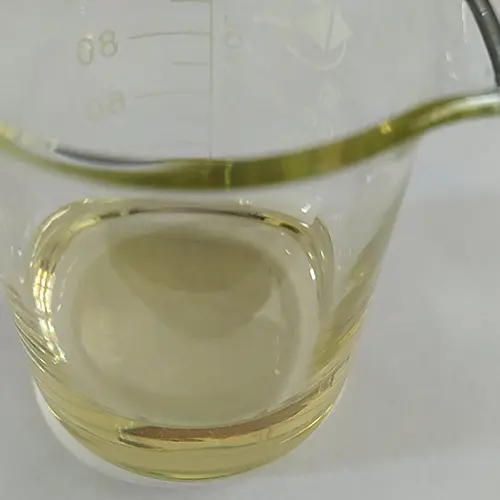 |
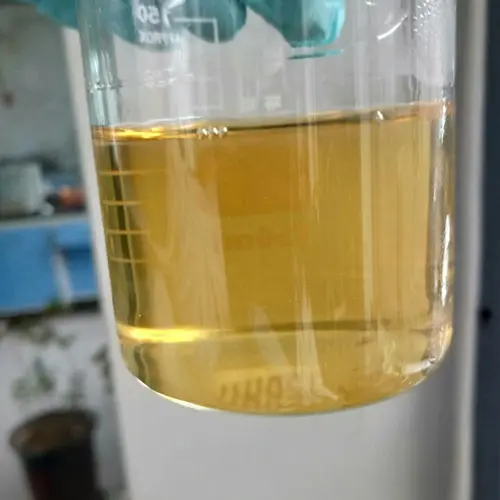 |
 |
 |
 |
(2) Good quick effect:Trichotoxic and contact poisonous effects on pests. It also has good permeability and certain systemic conductivity. It kills insects quickly and can usually kill pests within 1 hour after application. The peak of dead insects is reached in 24 hours, and the prevention efficiency reaches more than 85% on the same day.
(3) Good mixability:Difenfenil is a new type of azole insecticide and has no cross-resistance with mainstream insecticides currently on the market. It can be mixed or used alternately with emamectin, abamectin, indoxacarb, lufenuron, spinosad, methoxyfenozide and other insecticides.
<About Awiner Biotech>
